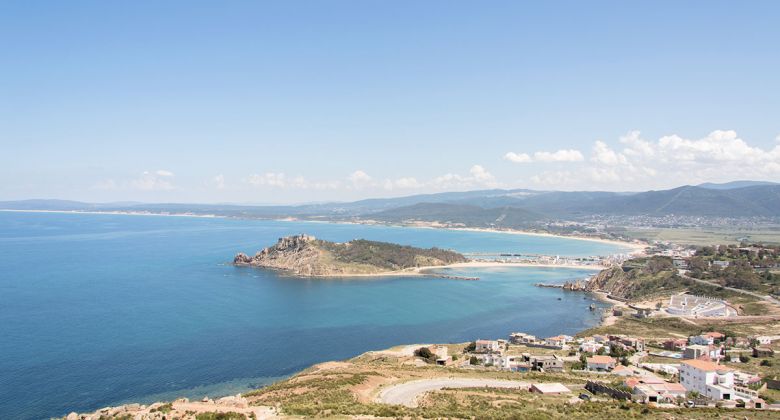

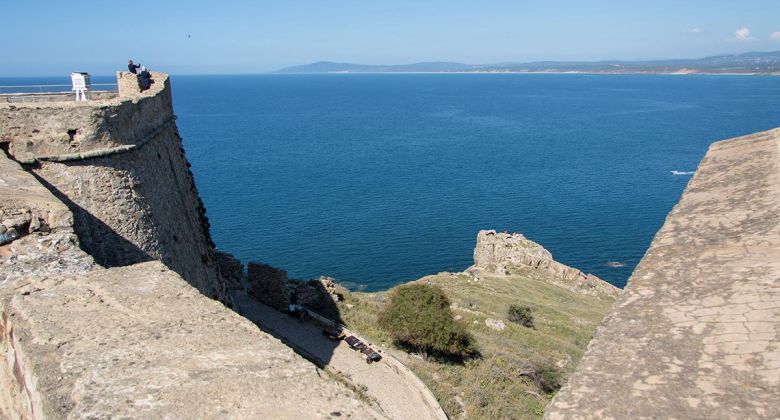
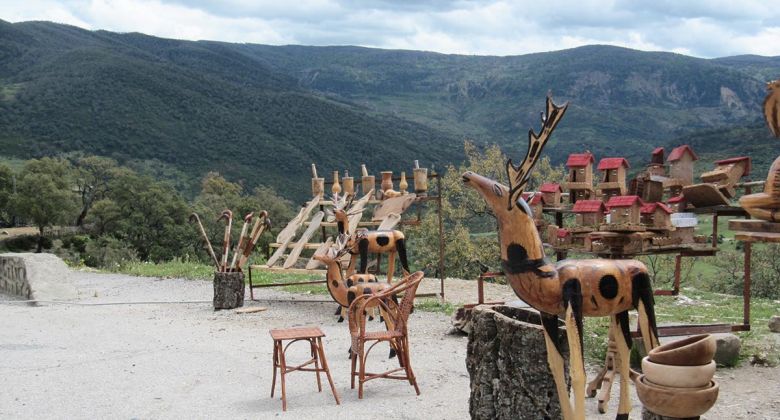
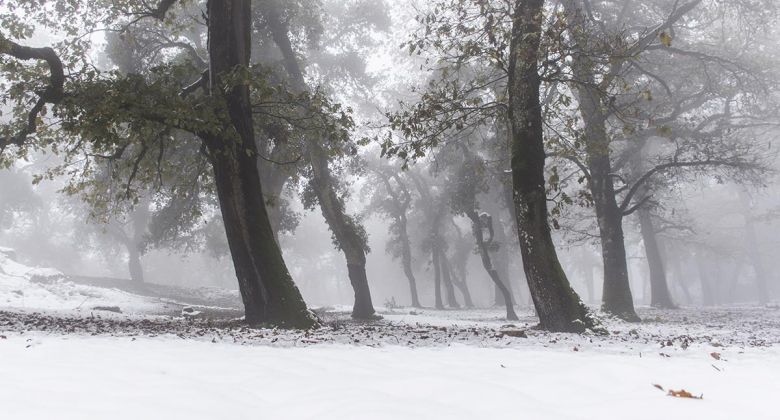
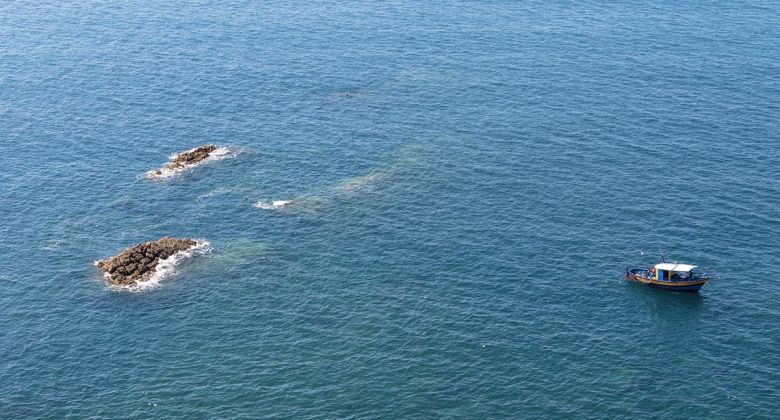
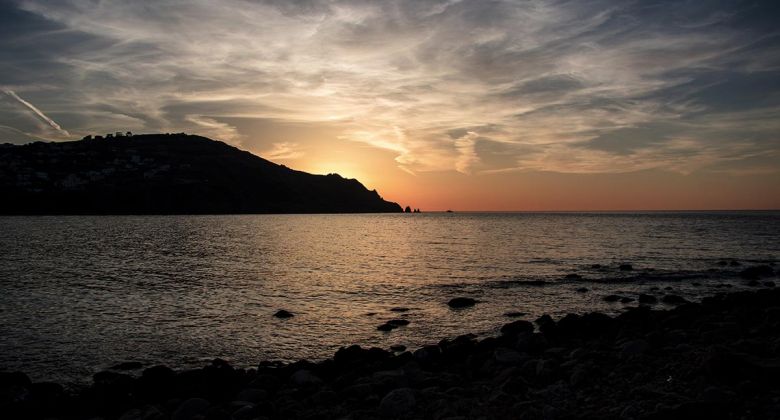
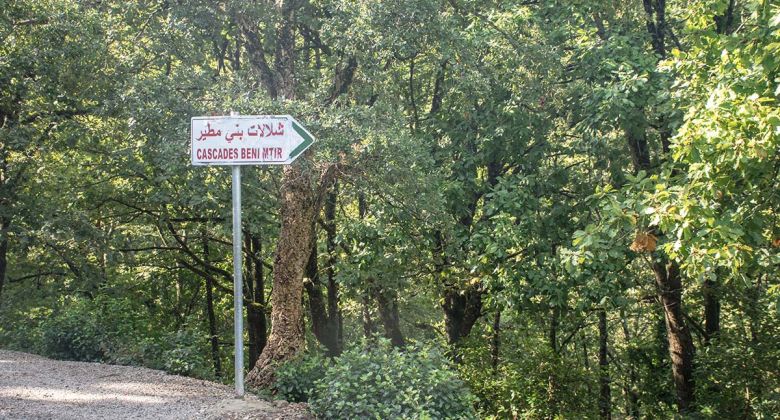
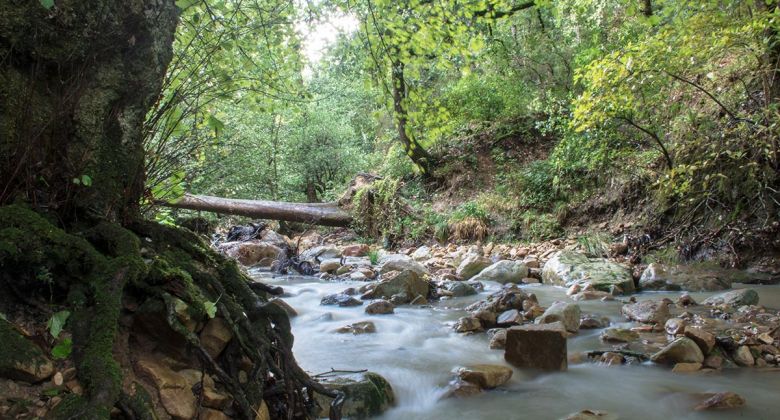
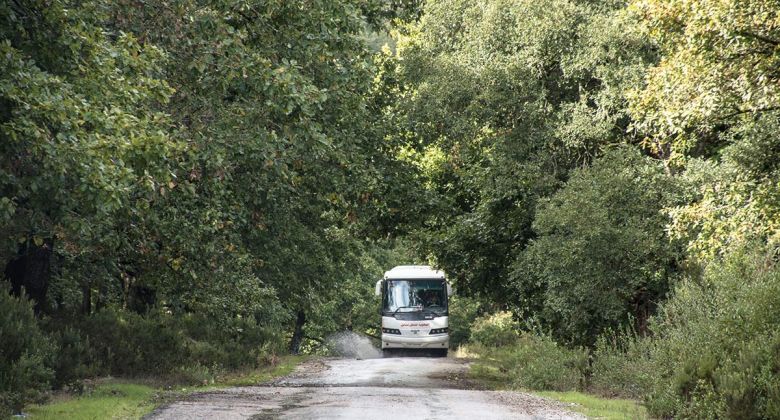
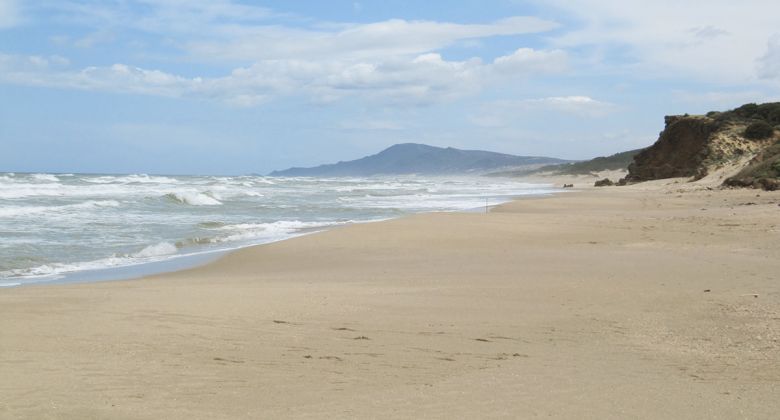
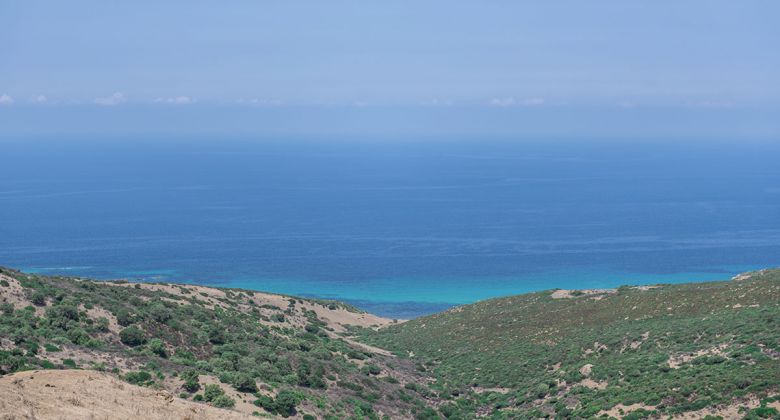
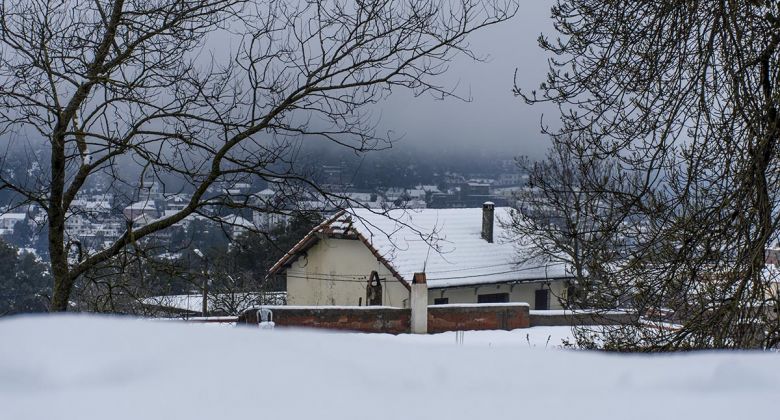
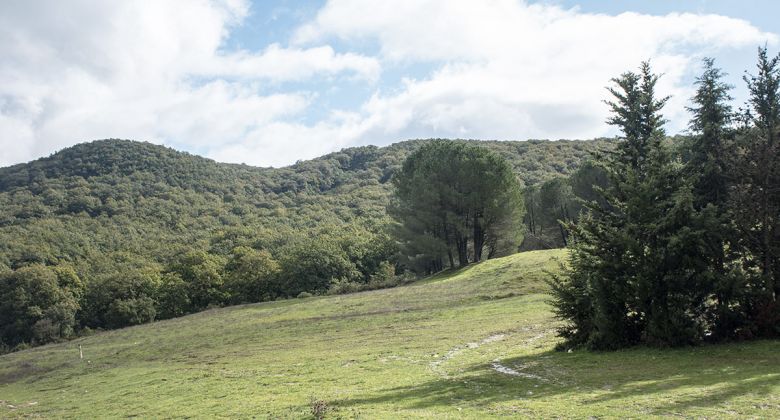
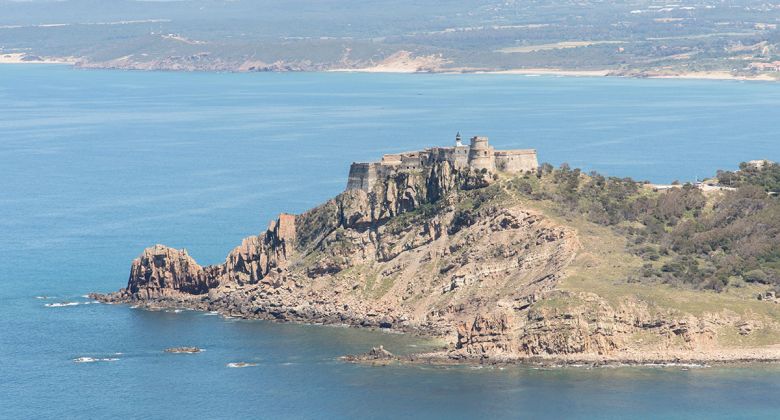
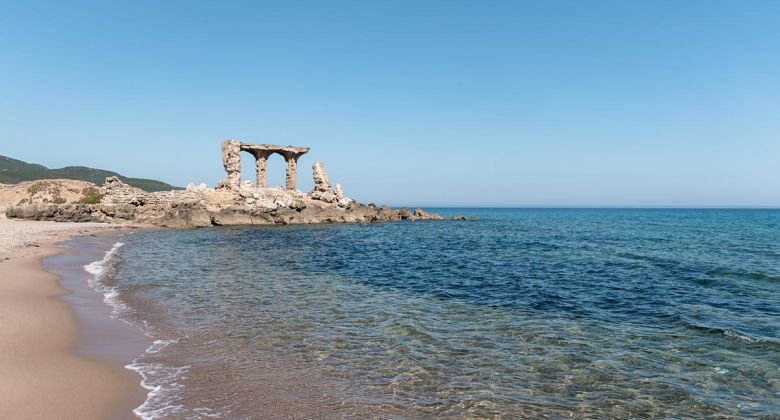
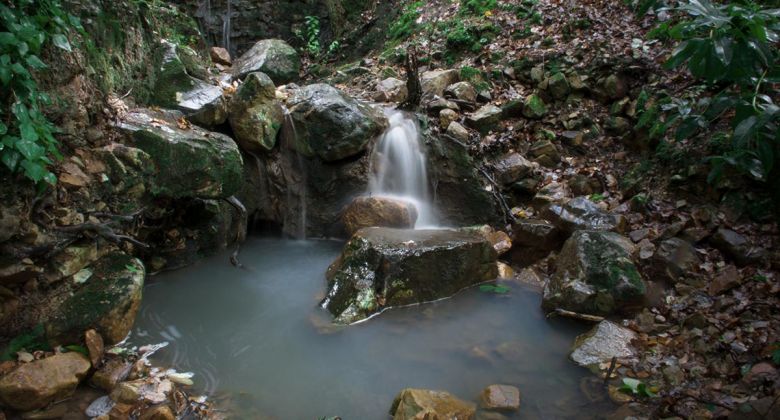
![]() Tabarka or Aïn Draham? Sea or forest? Both are waiting for you in the Tunisian North-West. A paradise for outdoor activities and superb sandy beaches for holidaymakers.
Tabarka or Aïn Draham? Sea or forest? Both are waiting for you in the Tunisian North-West. A paradise for outdoor activities and superb sandy beaches for holidaymakers.
The small town of Tabarka is located in a natural site of great beauty.
All around, pine forests, rocky coves and lookout points offering panoramic views over superb untouched landscapes.
The old Genoese Fort faithfully watches over this small coastal town, its fishing harbour and its marina.
Hotels and guesthouses in Tabarka and Aïn Draham:
Choose your accommodation and book without intermediaries
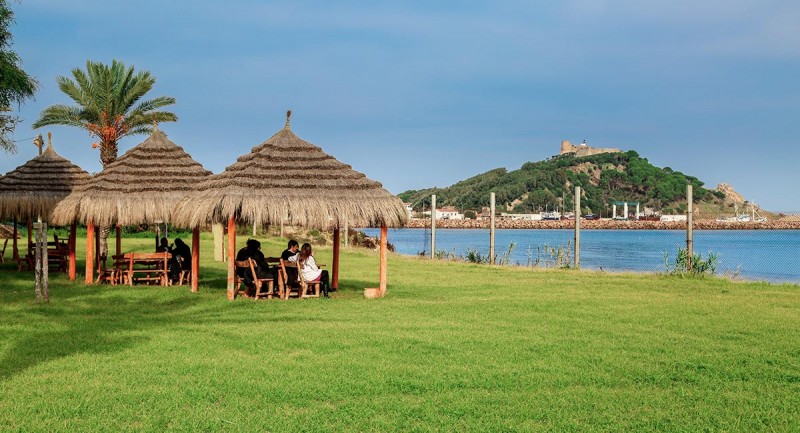
Buy a red coral necklace in one of the town’s jewellers: it was gathered at great depth from this coast.
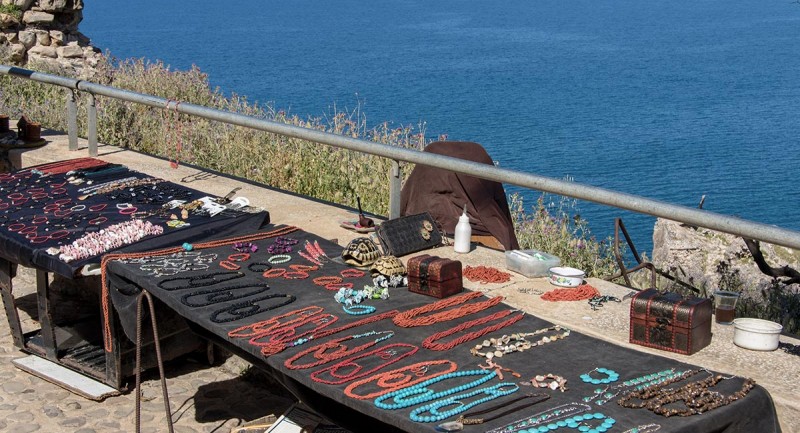
Tabarka has a magnificent golf course in a magical landscape.
More about the golf courses in Tunisia.
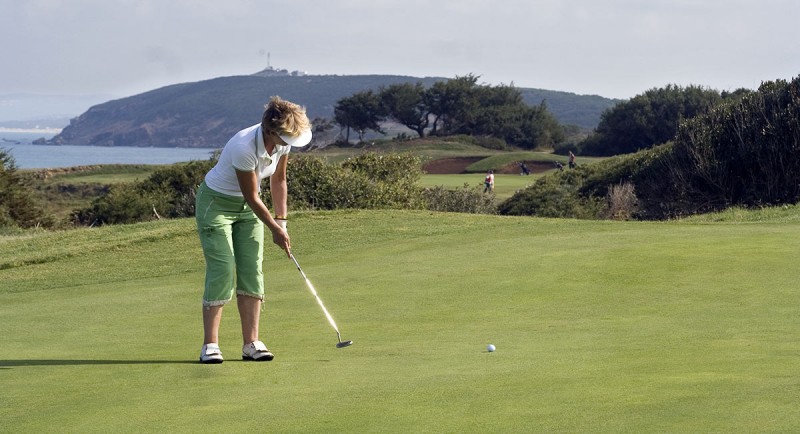
Enjoy the summer festivals: the Tabarka Sky Lantern Festival and the Tabarka Jazz Festival.
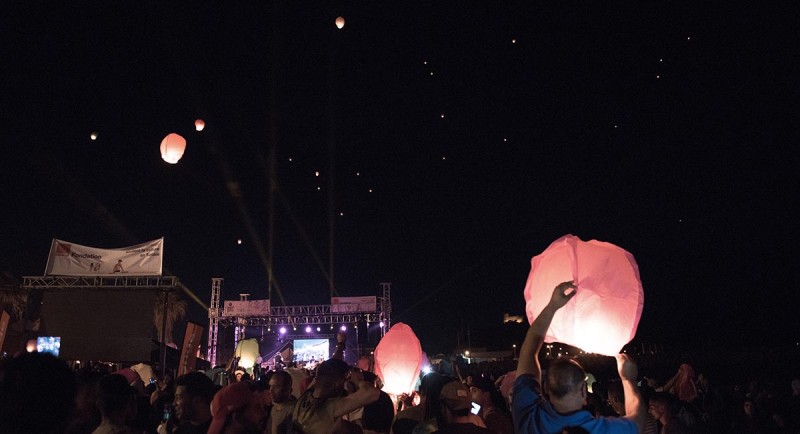
Did you know? You can do a thalassotherapy treatment programme in Tabarka or thermal treatments in Hammam Bourguiba near Aïn Draham.
Enjoy the beautiful fine sand beaches, or take a boat trip to the surrounding rocky coves.
Tabarka is renowned for the richness of its seabeds. Divers meet here to discover spectacular sites and rich marine life.
More about sporting activities and diving in Tunisia.
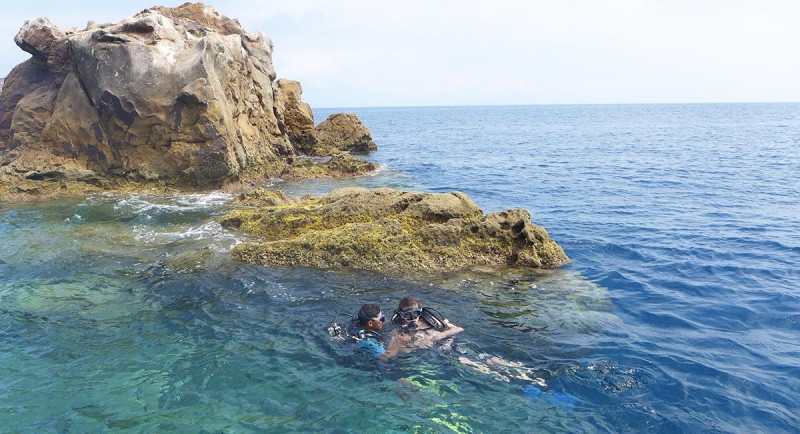
As for the backcountry, it is a lush green region unique in Tunisia.
A mountain chain reaches Tabarka and effectively plunges into the sea. It is covered with a thick forest of oak, one of the most beautiful of the Mediterranean.
Go hiking around the village of Aïn Draham and you will encounter streams, waterfalls or reservoir lakes. Sometimes it even snows in winter.
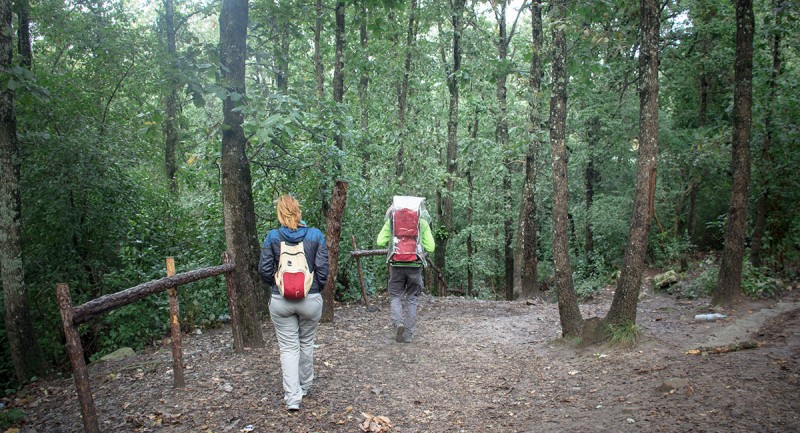
Go hiking with a guide around the Oued Ezzen near Beni M’tir.
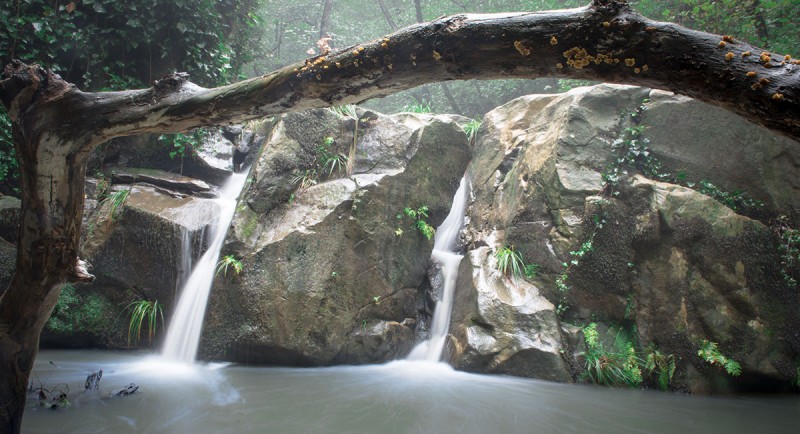
Sleep in a cabin on stilts facing the reservoir lake at Beni Mtir Outdoors, a camping center near Aïn Draham.
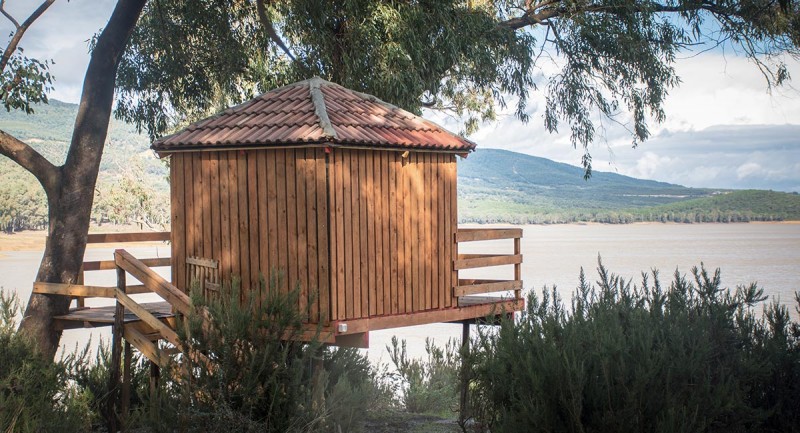
Two first-class archaeological sites can also be found not far from here, Bulla Regia and Chemtou. More information: click on >NEARBY.
Discover culinary specialties of the North-West such as the Ftet (lamb simmered with rosemary, accompanied by a a kind of pancake) or the Borzguène (sweet couscous with pistachios, sprinkled with milk) at the restaurant Le Phénix in Béja (between Tunis and Aïn Draham).
![]() Tabarka offers visitors breathtaking views over an amazing natural site. The city deserves a stroll between its Genoese Fort and its charming port, before discovering the village of Ain Draham and its forest.
Tabarka offers visitors breathtaking views over an amazing natural site. The city deserves a stroll between its Genoese Fort and its charming port, before discovering the village of Ain Draham and its forest.
Tabarka sits on the hillside above its beach, fishing harbour and marina. The town comes to life every summer during the holiday season.
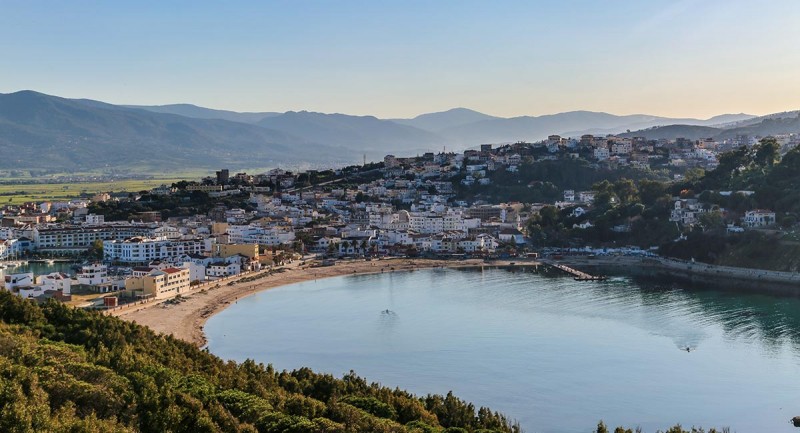
Perched upon a small peninsula, this fort (16th century) once guarded a small Genoese colony which had coral fishing concessions in Tabarka.
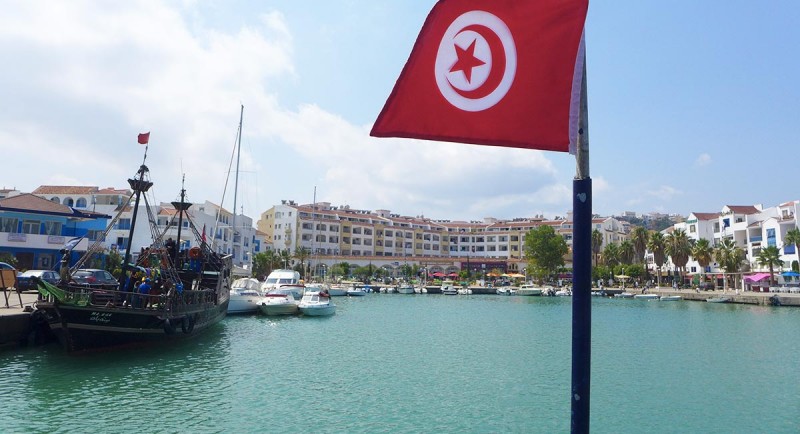
The lovely harbour of Tabarka is shared between fishing and pleasure boats.
It is the starting point for many sea excursions: diving, Melloula beach, Galite Island etc.
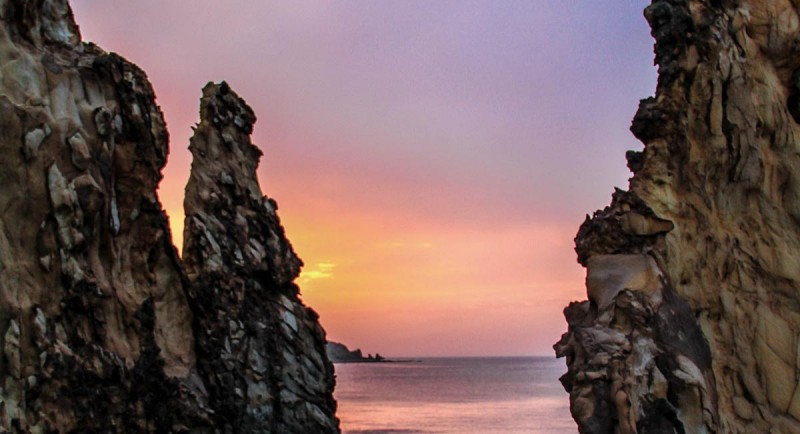
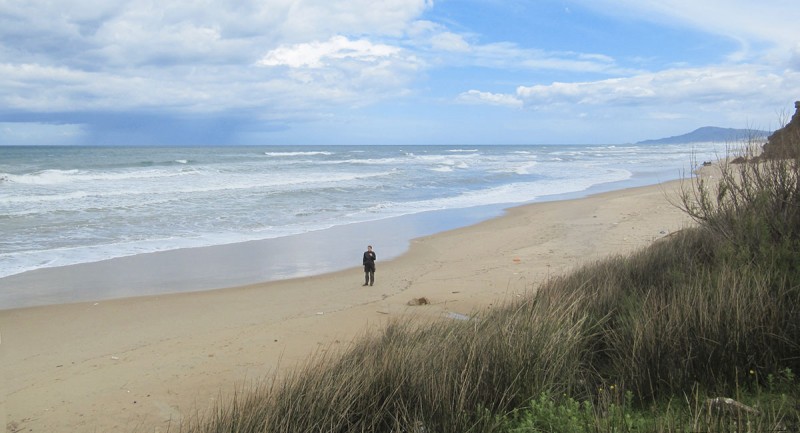
Choose your accommodation and book without intermediaries
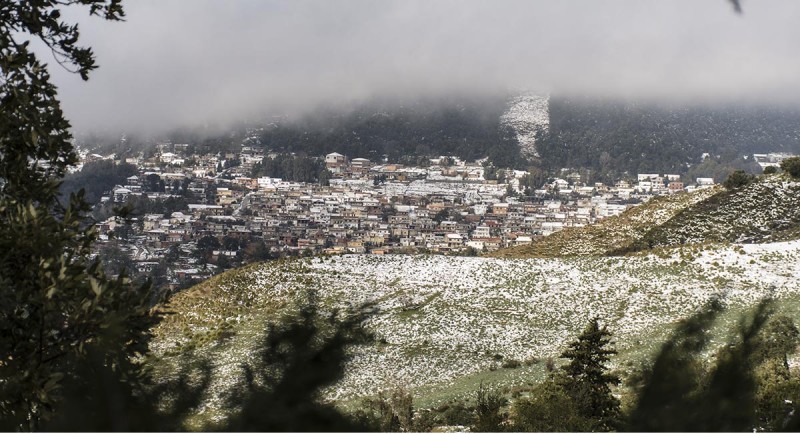
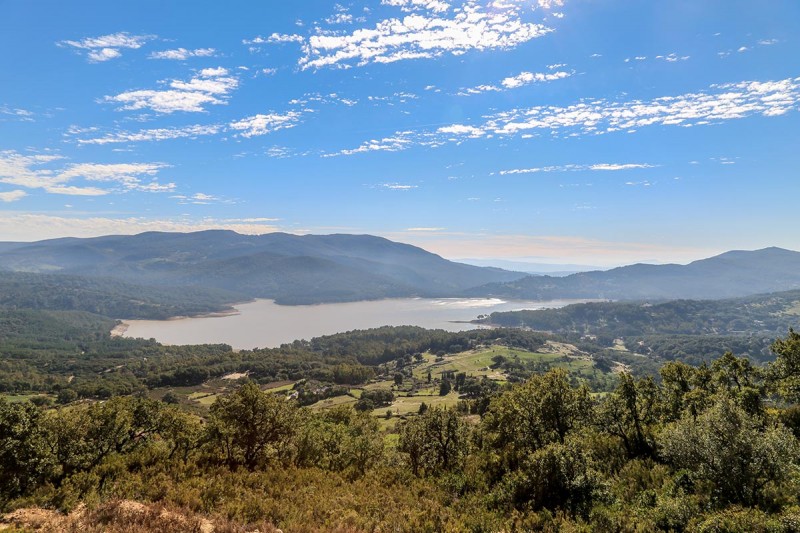
Read: A hike along the Oued Ezzen.
![]() South of Tabarka and Aïn Draham, after the thick forests of Khroumirie, a contrasting landscape of valleys and mountains appears. This region has a rich ancient heritage. While towards the east stretches a magnificent coastline punctuated with paradisiacal beaches.
South of Tabarka and Aïn Draham, after the thick forests of Khroumirie, a contrasting landscape of valleys and mountains appears. This region has a rich ancient heritage. While towards the east stretches a magnificent coastline punctuated with paradisiacal beaches.
Excursions can be organised to this magnificent volcanic island, around sixty kilometres off the coast of Tabarka, at the heart of a nature reserve.
A dream beach in lush greenery, 60 km from Tabarka.
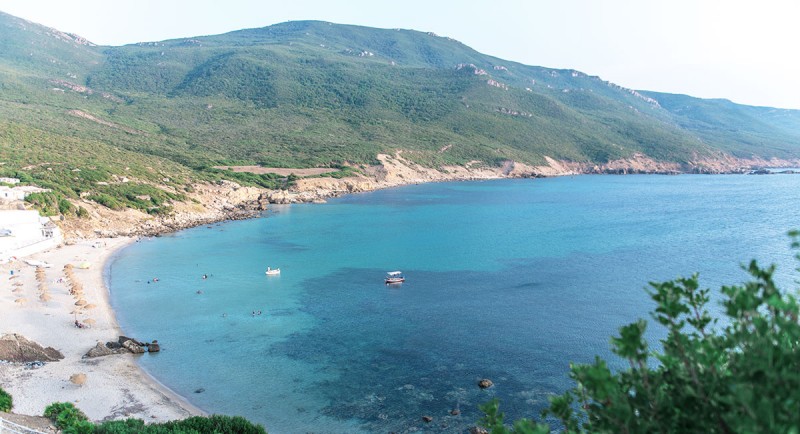
65 km east of Tabarka, the strange remains of an old trading post rise above a sandy beach…
The women of Sejnane are known for their skill as potters. They work the clay according to inmemorial methods and make objects decorated in red and brown in the Berber style.
Read: The pottery of Sejnane, Intangible Cultural Heritage of Humanity
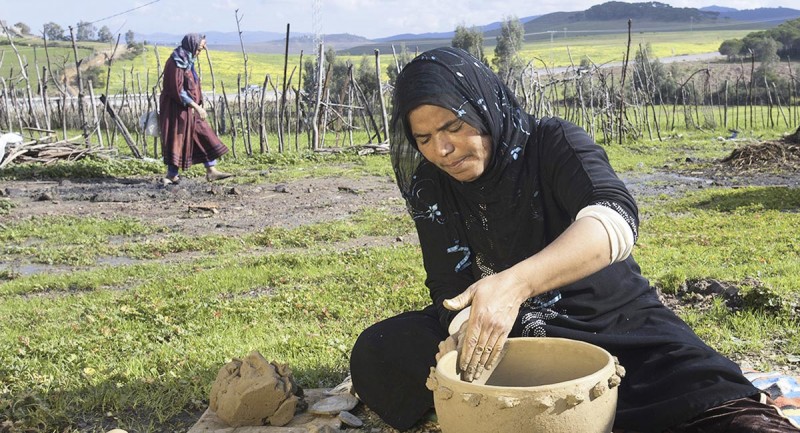
There is also a colonial train station in Sejnane, whose former industrial facilities (iron ore transportation) are today colonised every springtime by storks who come to nest.
Cape Serrat’s superb beach is just a few kilometres away.
The Feija National Park (3000 hectares), located 80 km southwest of Ain Draham, is a conservatory of the wild nature of the Khroumirie forest: Zen oaks, red deer ...
At this archaeological site in the heart of a mountainous landscape, you can see historical marble quarries (yellow marble, extremely sought after in the ancient world).
Next door, a beautiful modern museum. After visiting, you will know everything about the former inhabitants of the region, ancestors of the Berbers! Read: the museum of Chemtou.
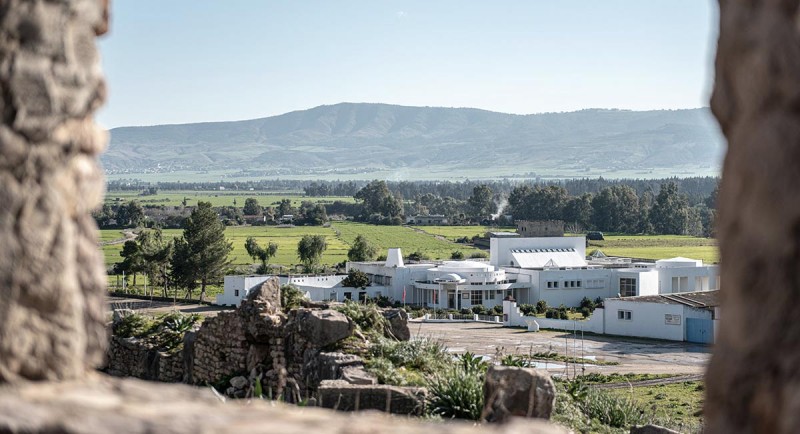
Opening hours, rates: Chemtou archaeological site - Chemtou museum
The high point of a visit to Bulla Regia – “royal” Bulla –, are the luxurious Roman dwellings with their underground rooms sheltered from the dog days of summer, still adorned with their mosaics.
All around are numerous remains of theatre, temples, public baths…